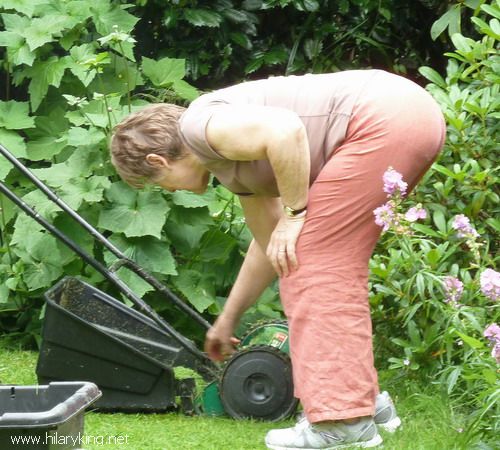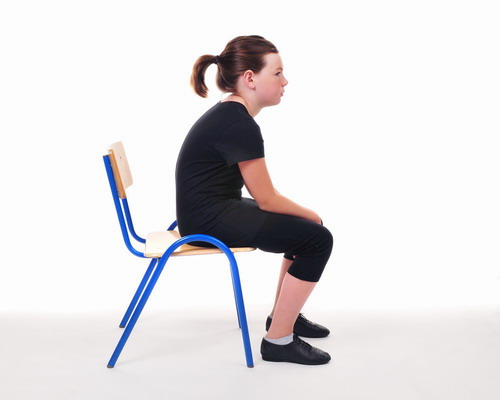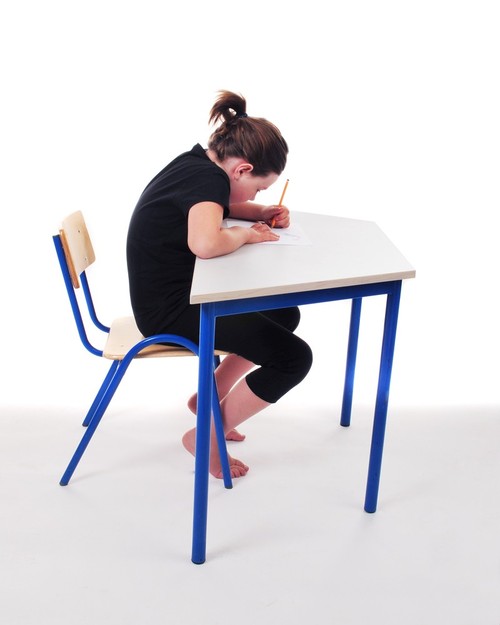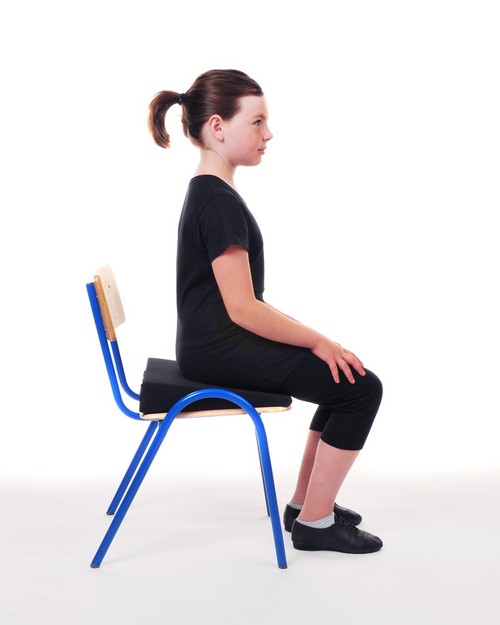‘I was taller after my Alexander lesson!’
Category Archives: Health
High Heels – the Inside Story
High Heels? How can people feel comfortable in them?
An Alexander Technique teacher trainee at LCATT sent me this X Ray photo of someone’s foot inside a stiletto shoe, which he had found on the AT Global page on Facebook. I find this photo very uncomfortable to look at, realising just how much damage is being done not only to this woman’s (?) foot but also her back.
When I was a ballet dancer and was regularly doing pointe work, my feet would have undergone similar distress, although the toes would have been lengthened out and we were taught how to use pointe shoes and how to look after our posture – and we didn’t walk around on our toes for long periods of time! Even as a young dancer, I would never wear stilettos.
Thankfully, when I stopped dancing I began learning the Alexander Technique which, amongst other things, helped my feet to free up and my potential bunions began to right themselves enough not to be a painful problem.
Feet that are squeezed into pointed high heels as above, day after day, do tend to get damaged and the whole body gets thrown out of kilter, causing many problems. A good number of women have lost their balance and fallen off their high heels, spraining and even breaking their ankles. The Achilles tendon can shorten so the foot cannot rest on the ground fully, the woman’s posture can become distorted so that an over-arched spine or lordosis can develop, creating backache, plus toes can become quite mal-formed and painful….. and more
Is all the damage to our bodies really worth it, just for fashion?
For a further discussion on this topic, you can read my article Back Pain and High Heels.
Alexander Technique and Anxiety Conditions
Anxiety and Stage Fright
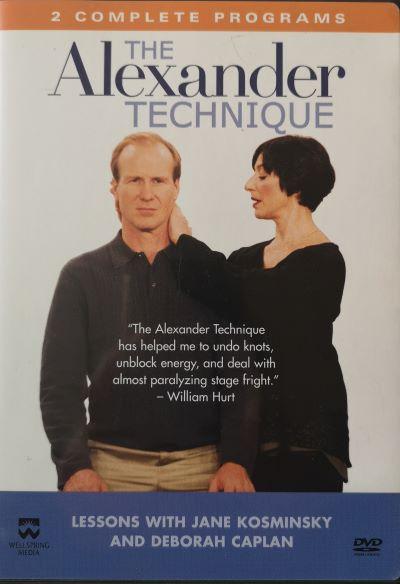
Using the Alexander Technique during an eye operation.
At the Dentist…..
After a diagnosis of long-term illness
How Best to Carry a Baby?
Guidelines for Treating Back Pain?
New US Guidelines for the Treatment of Lower Back Pain
These new guidelines are medically-based, as would be expected but there is a welcome emphasis on encouraging the reduction of invasive procedures and the use of steroids and narcotics to reduce the symptoms.
I haven’t read the whole paper but I thought it was unfortunate that this abstract makes no mention of the use of the Alexander Technique to treat back pain – which has been shown in a major Research Trial published in the BMJ in 2008, to be more effective in helping people with chronic lower back pain than were massage or even a Doctor’s standard back care regime!
I was one of the STAT registered teachers selected to teach on the ATEAM trial and have worked with many people with back pain amongst other problems that bring people to me to learn the Technique. In Alexander lessons, people learn to use their bodies in a more balanced and less tense manner whilst performing ordinary activities, so that their backs are more aligned and able to lengthen out, which gradually reduces problems such as lower back pain.
The fact that the AT really can help reduce back pain on a long term basis was scientifically proved in the research study and the conclusions of the ATEAM Research Trial were that ‘One to one lessons in the Alexander technique from registered teachers have long term benefits for patients with chronic back pain’.
Headache Prevention
The Alexander Technique and Gardening
Quite a work-out – and it can be easy to strain muscles or hurt your back doing all this work. So when you are involved in activities such as gardening, be aware and remember what you have learnt in Alexander lessons. Don’t rush into things but pause, take a moment to think about how you are going to use your body when doing the next job. Give yourself directions, remind yourself not to tighten everything up ( tension is not the same thing as strength). Avoid pulling your head back but to allow your spine to lengthen into all your movements, so that you protect your neck and back.
Hearts and Minds
Heart v Mind: What Makes us Human?
Tain’t what you do but the way that you do it….
Ella Fitzgerald’s ‘Tain’t what you do but the way that you do it’
